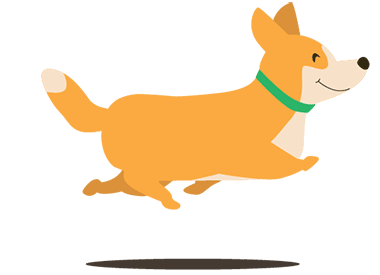


Diseasefrint.png)
A pet named Cooper (2 years/Male/Neutered/Labrador/ 55kg) was presented with a history of difficulty in walking and getting up from the hind limb. Cooper was previously treated for the problem of Osteoarthritis in dogs by vets with various painkillers and joint supportive medication but got no relief.
After a complete physical examination and radiography, Cooper was diagnosed with bilateral Cranial Cruciate Ligament (CCL) disease. Post diagnosis, an advanced knee surgery TPLO (Tibial Plateu Leveling Osteotomy) was performed one by one for both knees.
Now Cooper has completely recovered and doing very well.
A CCL disease which is Osteoarthritis in dogs is one of the most common causes of hind limb lameness but most of the time it goes unseen or undiagnosed. The skeletal structure of the dog knee is such that the CCL is under tremendous mechanical stress even during relatively sedentary activities.
Depending on the severity of the CCL injury, a dog’s symptoms might range from having a hint of lameness to being unable to bear weight on the injured leg. A dog with a CCL injury may also have swelling on the inside of the knee.
In CCL diseases, ligament degenerates or weakens over time due to genetic, conformational or immune-mediated processes within the joint. The weakened ligament may partially or completely rupture following activities such as running or jumping. Unfortunately, the condition leading to CCL rupture is often present in both knees and about 30- 50% of dogs will rupture both CCL within 6 months years after rupture of one. This process also leads to osteoarthritis which is a painful condition.
There are various surgical options like TPLO, rapid TTA and Extracapsular stabilization.